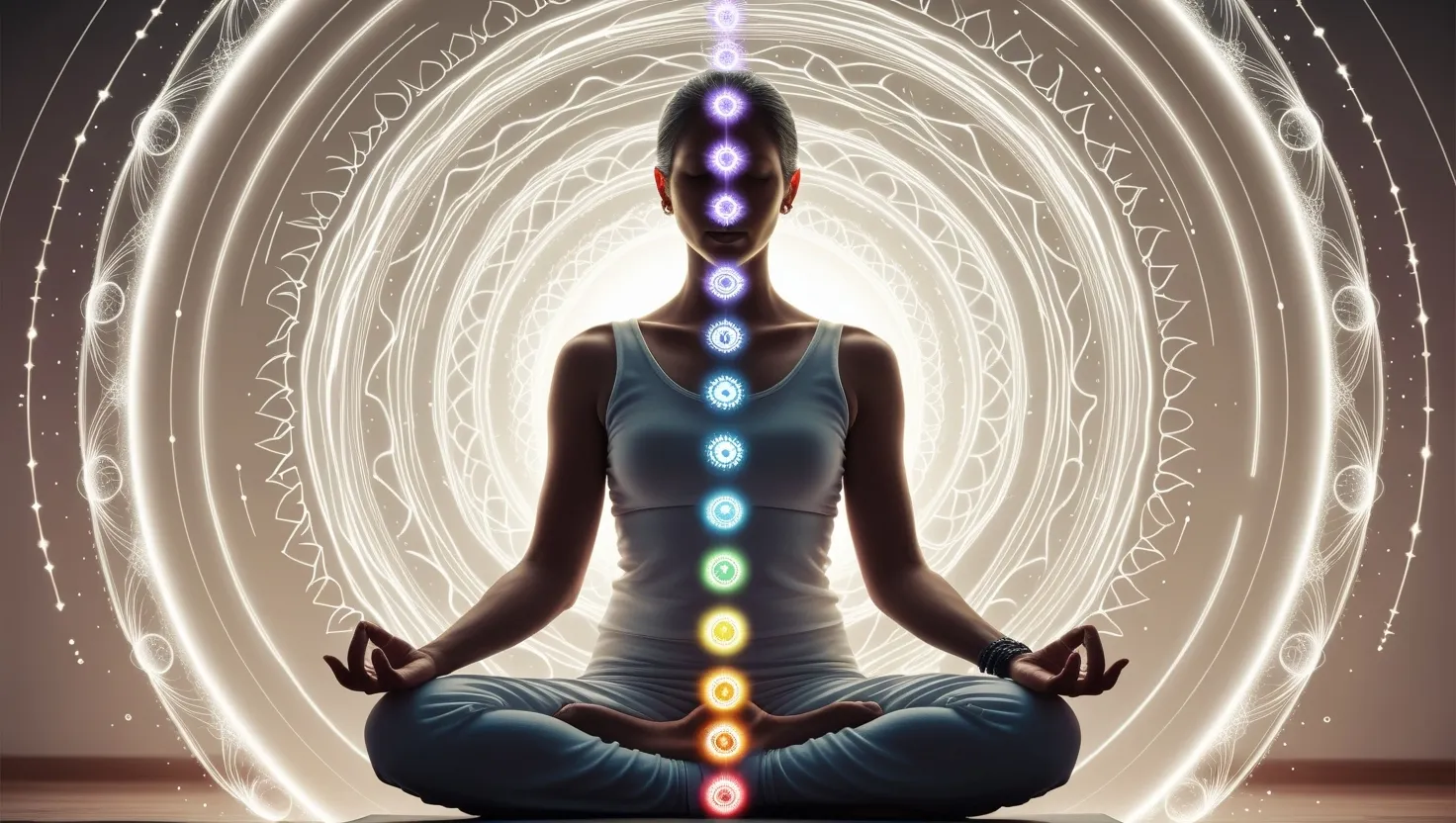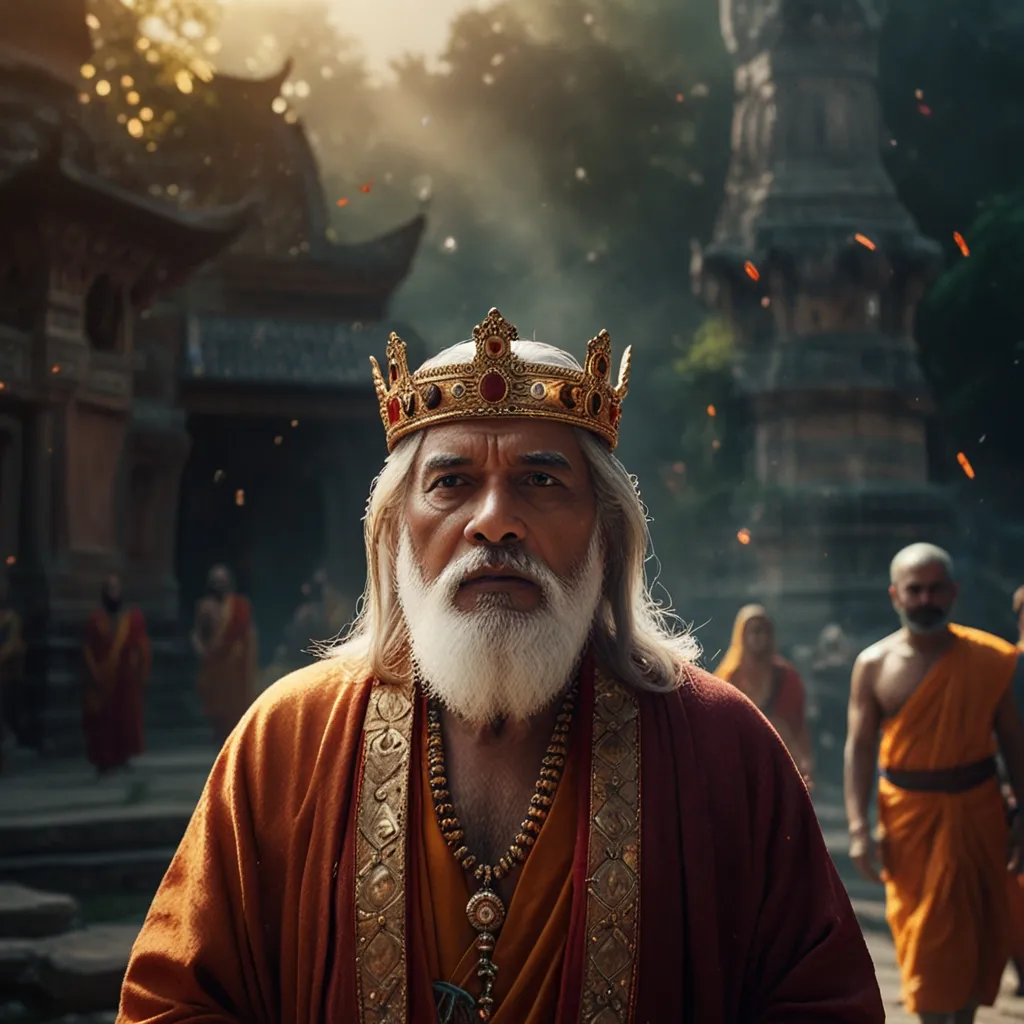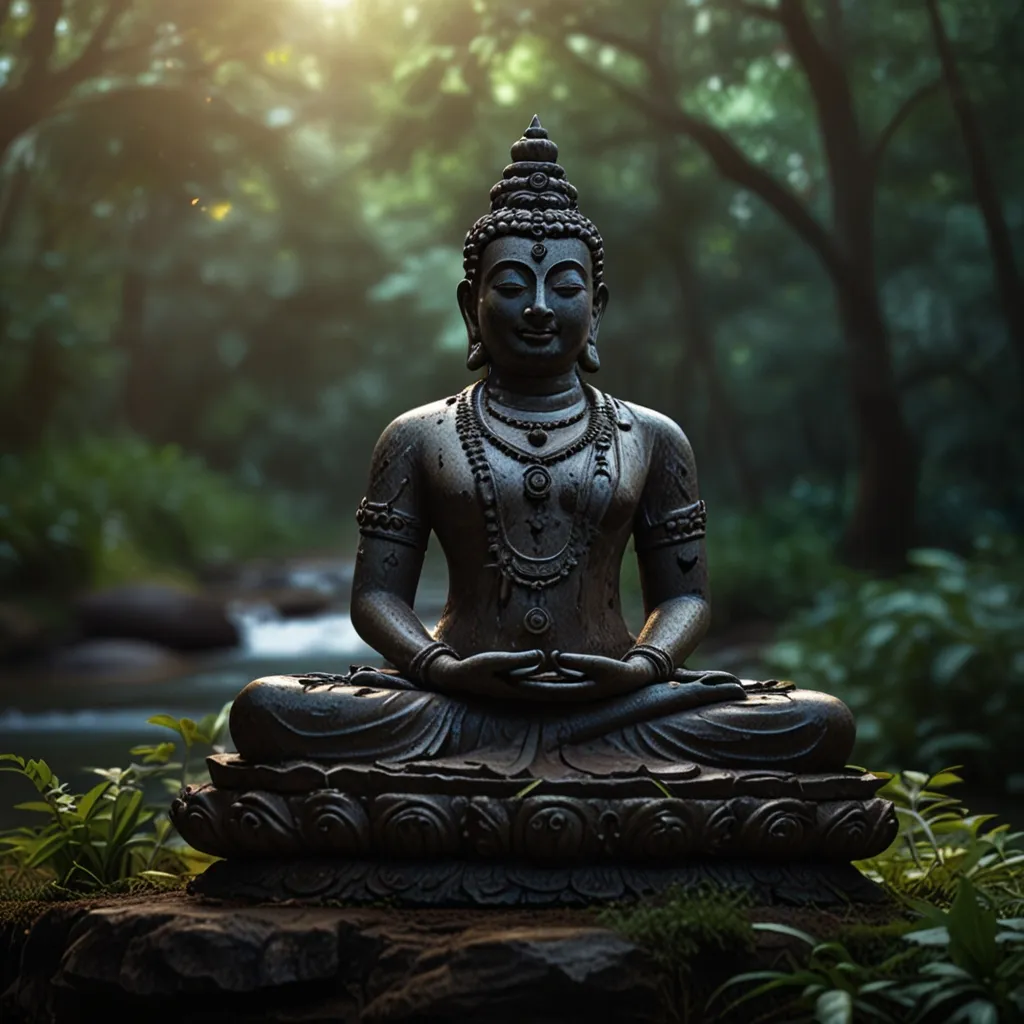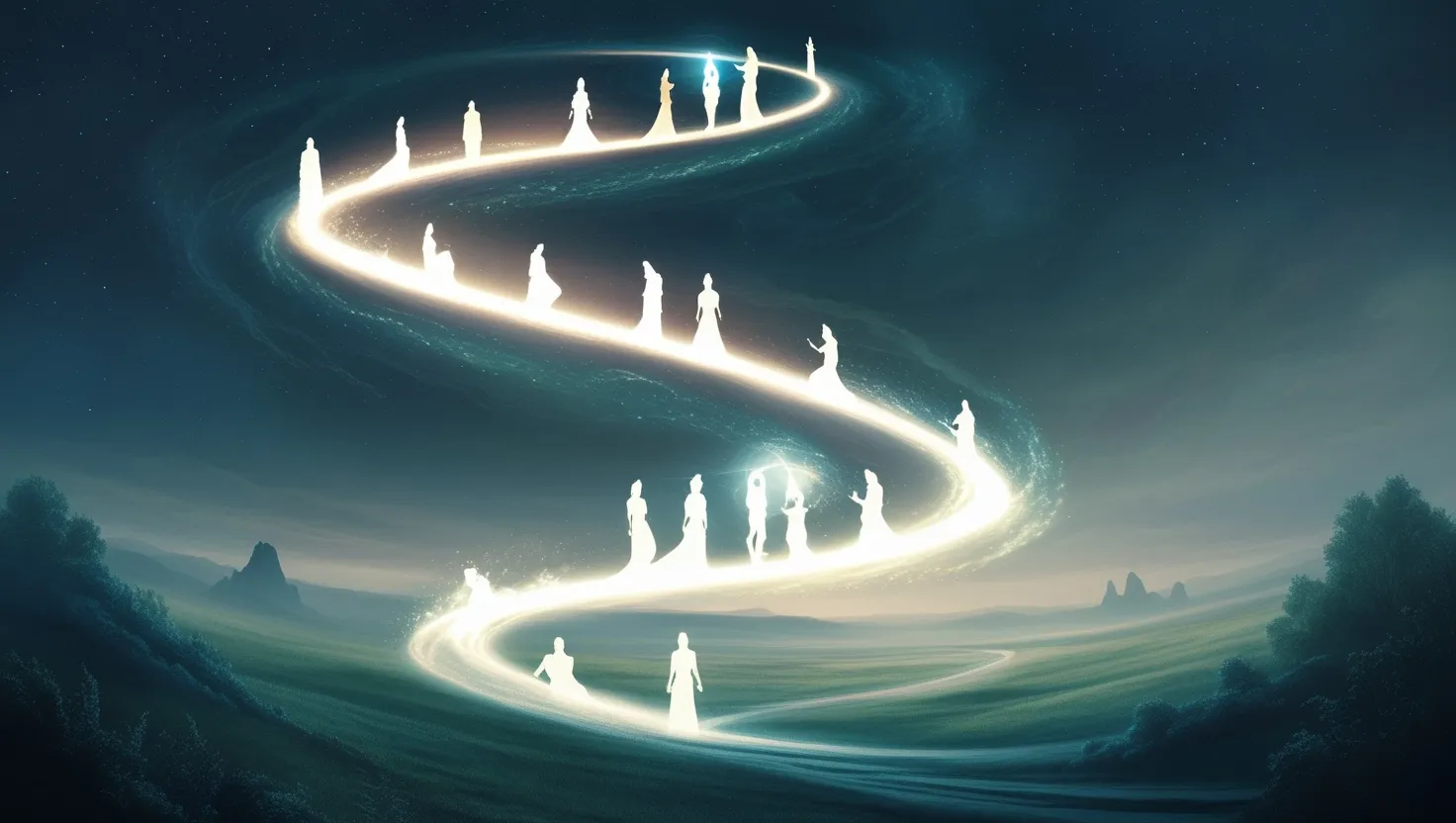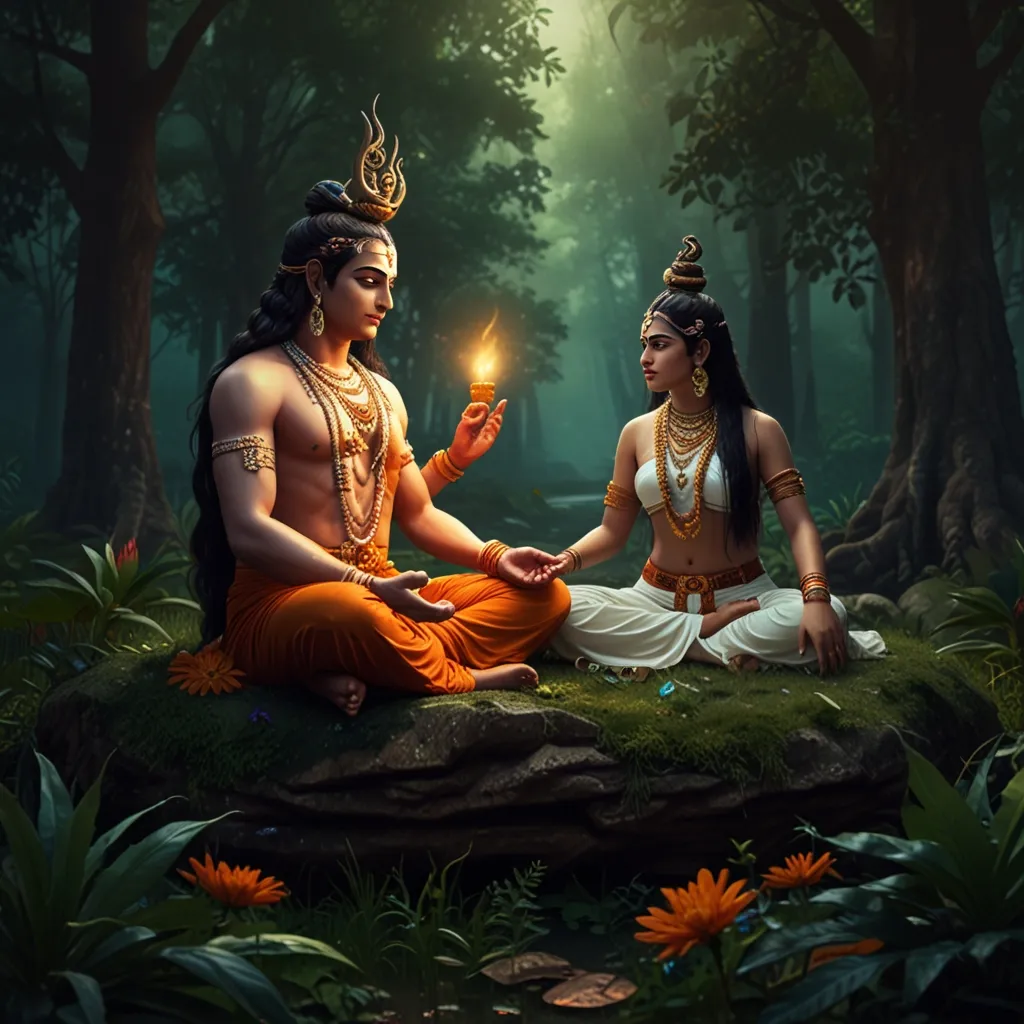As we delve into the intricate and often misunderstood realm of Tantra, it becomes clear that this ancient tradition is far more than its sensationalized portrayals in popular culture. Tantra is a profound spiritual science that has its roots deeply embedded in the Vedic tradition, yet it offers a uniquely individualistic and practical approach to spirituality.
To understand Tantra, we must first acknowledge its historical context. Emerging around the middle of the first millennium AD, Tantra is not a single, unified system like the Vedas, but rather an accumulation of practices and ideas that have evolved over time. Its development is intertwined with the Vedas, Upanishads, Itihasas, Puranas, and Smritis, and it has been influenced by Buddhism and various minor Hindu sects, as well as foreign traditions[1][2][4].
At its core, Tantra views the universe as a divine tapestry where every thread of existence is sacred. This perspective is reflected in the concept of the union between Shiva and Shakti, symbolizing the ultimate reality of Para Shiva or Brahman. Shiva represents pure consciousness, while Shakti embodies the dynamic energy that permeates the universe. This duality is not a separation but a complementary aspect of the same ultimate reality, where Shakti is the energy that abides within Shiva[2][3].
Tantric texts, known as Āgamas, are structured into four main parts: Jñana (or Vidya) pada, which deals with esoteric spiritual knowledge and the path to liberation; Yoga pada, which focuses on physical and mental disciplines; Kriyā pada, which outlines rules for rituals, temple construction, and icon consecration; and Charya pada, which involves the actual practice and realization of the divine principles[1].
One of the key distinctions between Tantra and the Vedic tradition lies in their approach to spirituality. While the Vedas emphasize collective power and rituals, Tantra glorifies individual power and practices. In Vedic tradition, knowledge is revealed to sages during meditation and is compiled collectively, whereas Tantric knowledge is often presented as conversations between Shiva and Shakti, heard by the sages. This individualistic approach allows Tantric practitioners to communicate directly with the divine without the mediation of priests[2].
Tantra also differs significantly in its social and ritual practices. Unlike the Vedic system, which instituted a caste system and required priests for certain rituals, Tantra rejects these social divisions. It allows both men and women, regardless of caste, to participate in its practices. This inclusivity is a hallmark of Tantric culture, which seeks to transcend traditional boundaries in pursuit of spiritual liberation[2][4].
The concept of kundalini energy is central to Tantric philosophy. Kundalini is the dormant energy that lies at the base of the spine and, when awakened, flows through the chakras (energy centers) in the body. This flow is facilitated by the central Sushumna Nadi, a spiritual current that opens the chakras and is fundamental to achieving siddhi, or occult powers. The body, in Tantric view, is a microcosm of the universe, with the head representing the moon, the heart representing the sun, and the genitals representing fire[1].
Tantric rituals are highly ritualistic and involve a range of practices, from the use of mantras and yantras to the performance of specific rituals and meditations. Unlike Vedic mantras, which are primarily used for rituals, Tantric mantras are used for both ritual and meditation purposes. The use of Vedic deities and mantras in Tantric practices underscores the continuity between the two traditions[2][3].
The relationship between Vedic and Tantric traditions is more harmonious than often portrayed. Both traditions aim at the realization of Atman and Brahman, though they approach this goal from different angles. Vedic Yoga can be seen as a “Vedic Light Yoga,” emphasizing the light principle, while Tantric Yoga is a “Tantric Energy Yoga,” focusing on the energy principle. However, both light and energy are ultimately one, reflecting the unity of consciousness and force[3].
In practical terms, Tantric Yoga reflects the four main Vedic deities of Agni (fire), Soma (moon), Vayu (wind), and Surya (sun). These forces are embodied in Tantric goddesses such as Lalita, Chinnamasta, Bhadra Kali, and Bhairavi, each associated with different chakras and energies in the body. The goal of Tantric Yoga is to balance these energies, symbolized by the union of Shiva and Shakti, to achieve a state of inner harmony and enlightenment[3].
Tantra’s emphasis on practice over philosophical hypotheses sets it apart from other philosophical traditions. Tantrics were independent thinkers who focused on exploring the subtle mysteries of life, the relationship between humans, and the relationship between humans and the universe. Their practices were designed to illuminate the psychological and metaphysical meaning of their worldview, making Tantra a highly practical and life-affirming spiritual path[5].
The initiation process in Tantra is another unique aspect, where a guru prepares the initiate for practice by describing the lineage and specific practices. This initiation allows the practitioner to gain access to higher levels of power and spiritual realization. The guru-disciple relationship is central to Tantric practice, providing a direct lineage of knowledge and spiritual guidance[4].
In conclusion, Tantra is not just a fringe element of Hinduism but an integral part of the Vedic tradition, offering a rich and comprehensive spiritual science. By understanding its core principles and practices, we can gain fresh insights into the nature of reality, the power of ritual, and the path to self-realization. Whether you are a spiritual seeker, a student of Indian philosophy, or simply curious about holistic approaches to life, exploring Tantra can weave new patterns of understanding and guide you on your journey towards wholeness and enlightenment.
